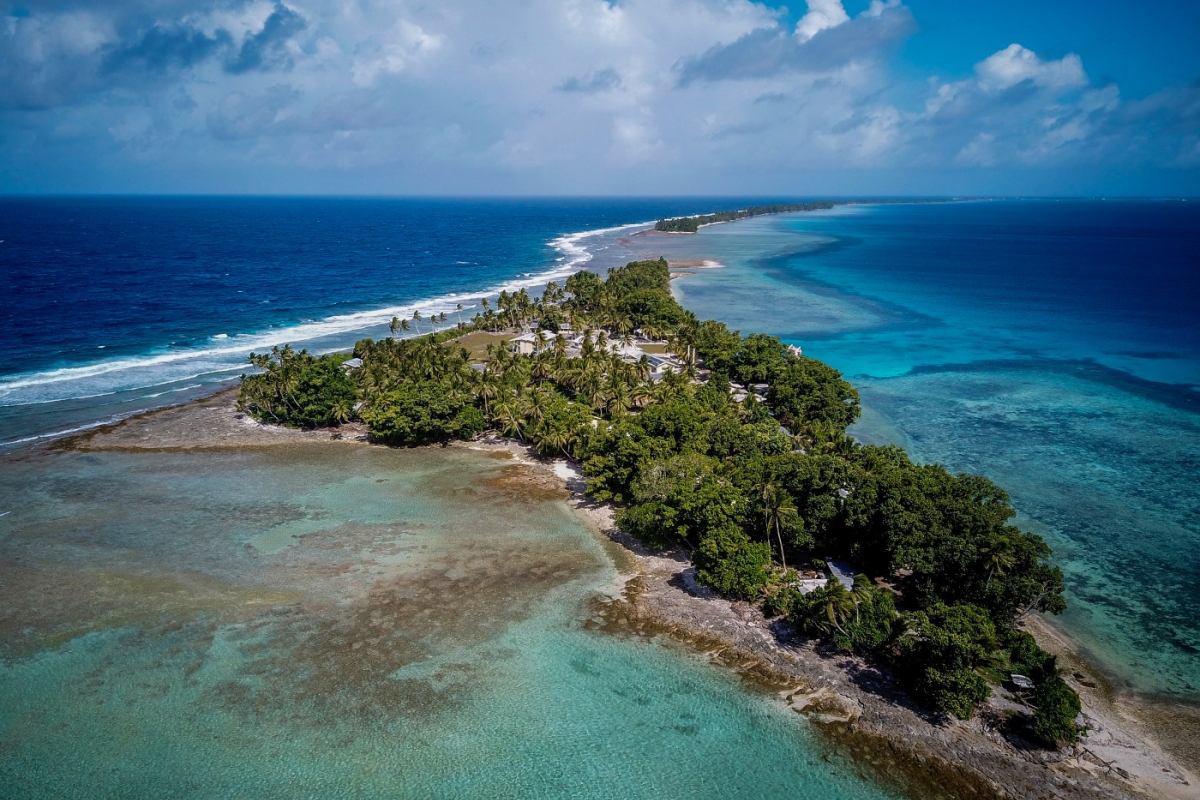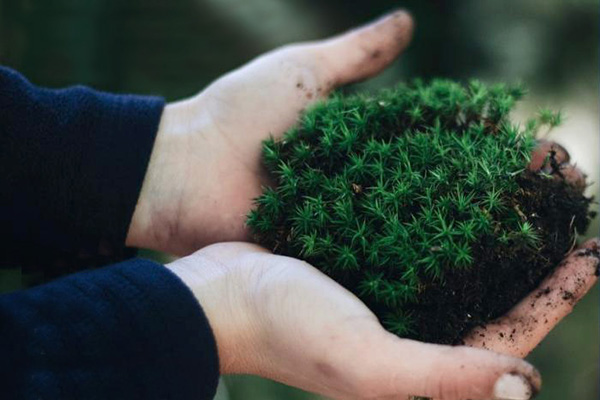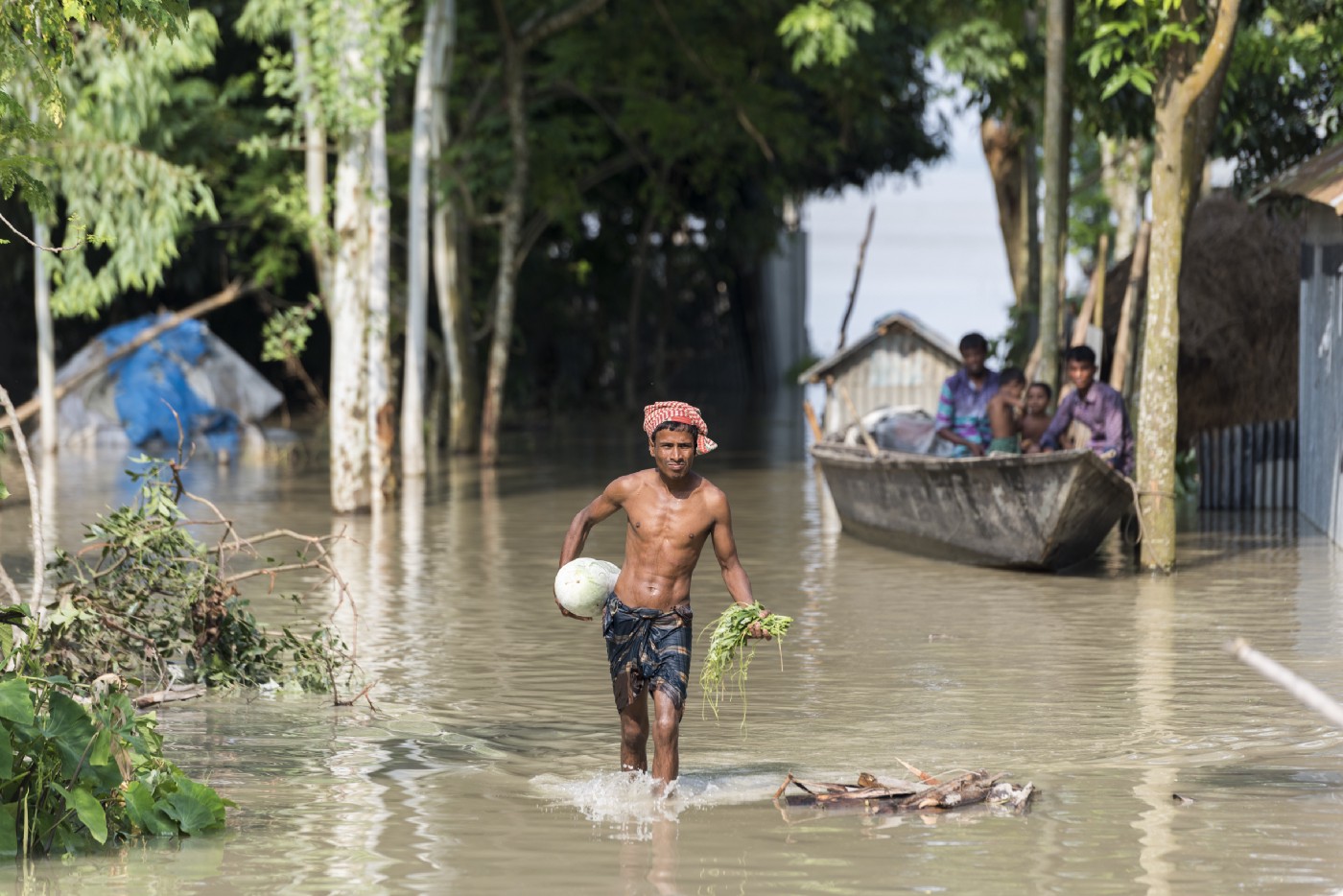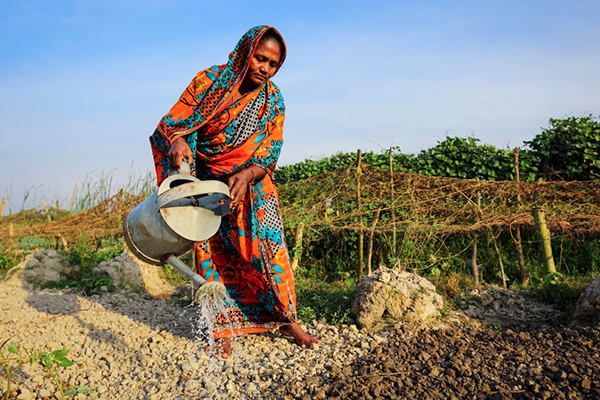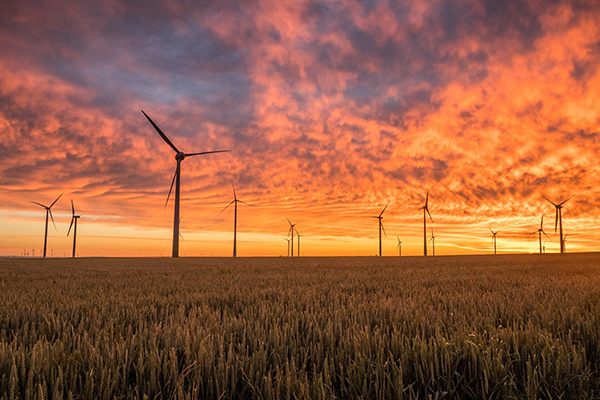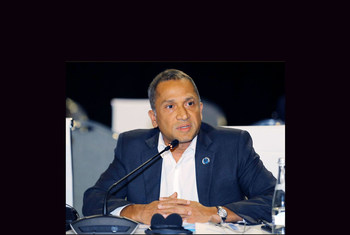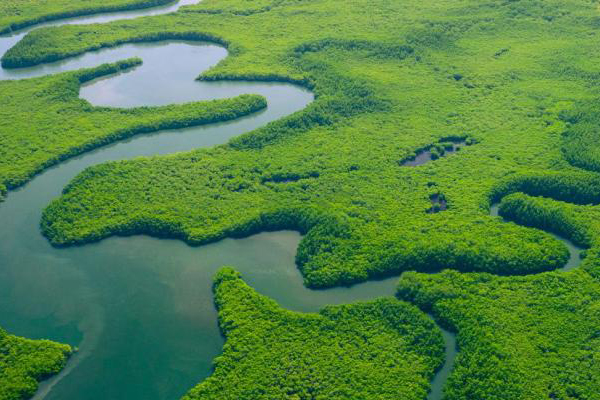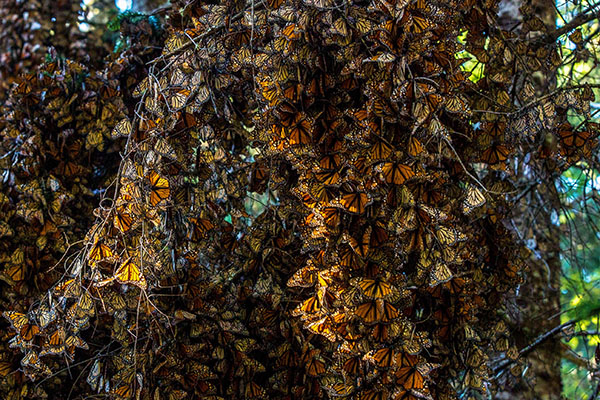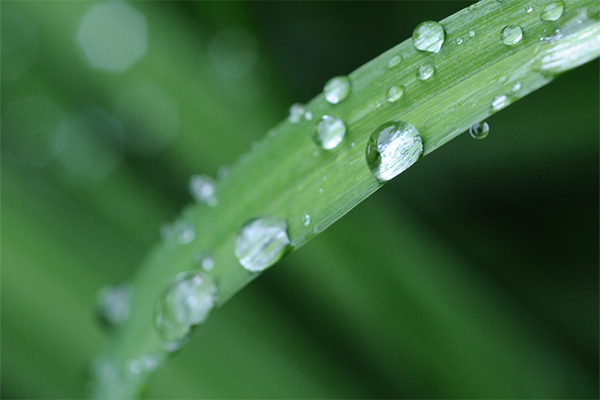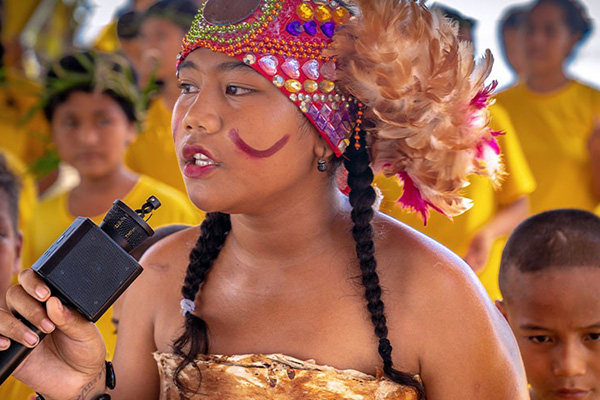Tuvalu wields new data in the fight against climate change
To make green recovery a reality, the immediate post-COVID-19 period of the next 6 to 9 months needs to focus on climate policies and climate-friendly technologies according to the UNFCCC.
Transforming food and agriculture: Creating food security while fighting climate change
For people on the front lines of climate change and conflict, COVID-19 is a new challenge
A vaccine may come for coronavirus — but there isn’t one for climate change
IFAD channels climate and environmental finance to smallholder farmers, helping them to reduce poverty, enhance biodiversity, increase yields and lower greenhouse gas emissions.
UNFCCC and the Google Arts & Culture used key findings from UN’s landmark 2018 IPCC report to create “Heartbeat of the Earth”, a series of experimental artworks inspired by climate data.
As the world plans for a post-pandemic recovery, the United Nations calls Governments to seize the opportunity to “build back better” by creating more sustainable, resilient and inclusive societies. The UN is devising a blueprint for a healthier planet and society that leaves no one behind and actions are being taken to ensure a more resilient future. Secretary-General António Guterres proposed six climate-related actions to shape the recovery. While UNEP works closely to build scientific knowledge on links between ecosystem stability and human health.
If the world has seen a scary future with the emergence of COVID-19, the future of our planet in a 3-4° C scenario takes us to an entirely different level of uncertainty, including in terms of health. UNEP understands that fundamental to a transformational and green recovery will be early action on a longer-term agenda to address climate change, avoid habitat loss and fragmentation, reverse the loss of biodiversity, reduce pollution and improve waste management and infrastructure.
While the COVID-19 pandemic is wreaking havoc around the globe, the remoteness of the Pacific Islands has left people living there vulnerable in many different ways.
Climate technology experts met virtually last week to discuss how governments can green their economies and prepare for the inevitable impacts of climate change.
Water use efficiency can only be improved by monitoring surface water, groundwater and reservoirs. Effective flood and drought policies can only be implemented with data and models for assessing the frequency and magnitude of extreme events. Each 23 March, we celebrate World Meteorological Day and this year we highlight the link between climate and water and the need to manage them in a more coordinated and sustainable manner.
Yasminna, one among 90 youth environmental activist, exposes the huge impact of rising sea levels threatening homes, crops and culture at child rights meeting in Samoa.
The Green Climate Fund approves project to benefit vulnerable rural communities in Cuba to boost their resilience to climate change. The project is co-designed by FAO.

